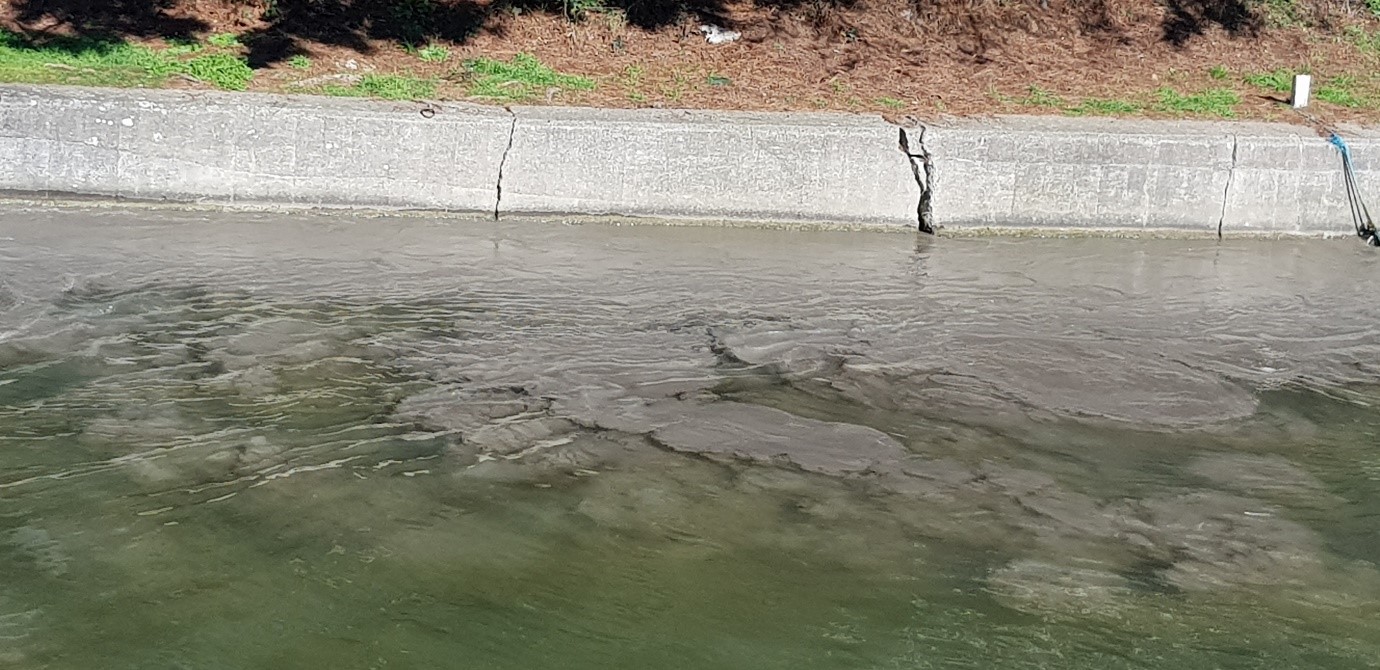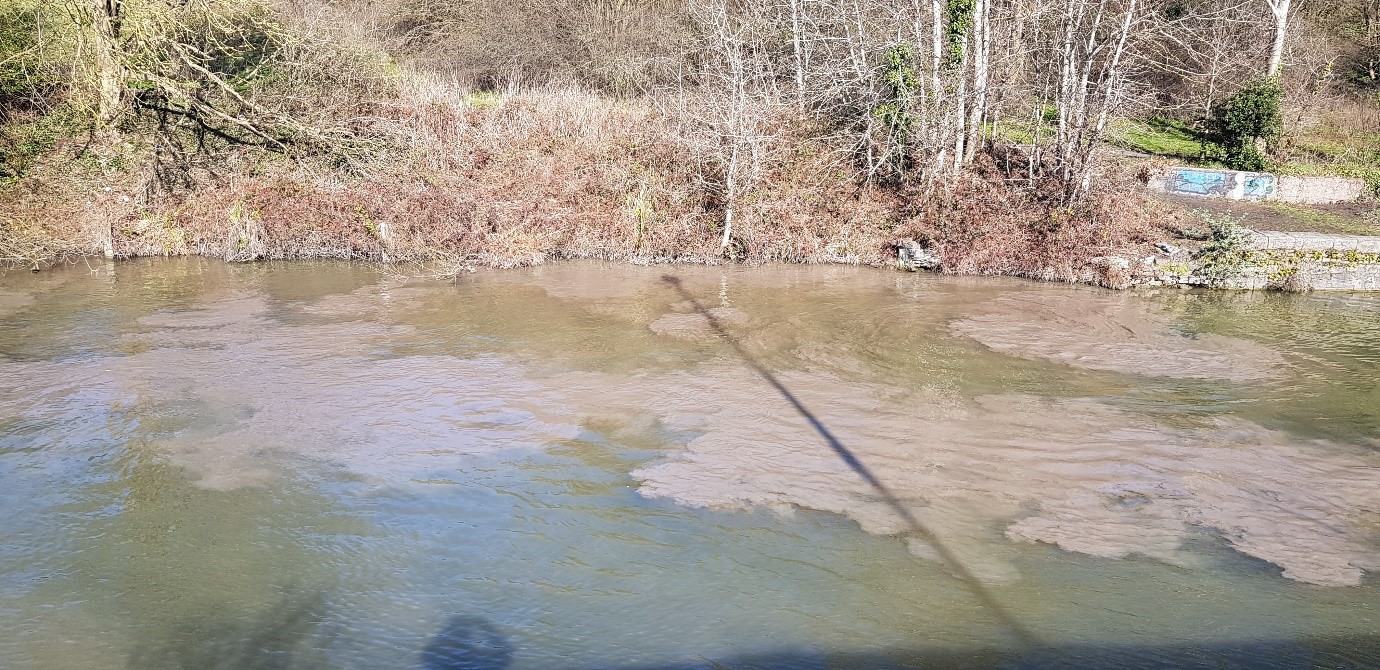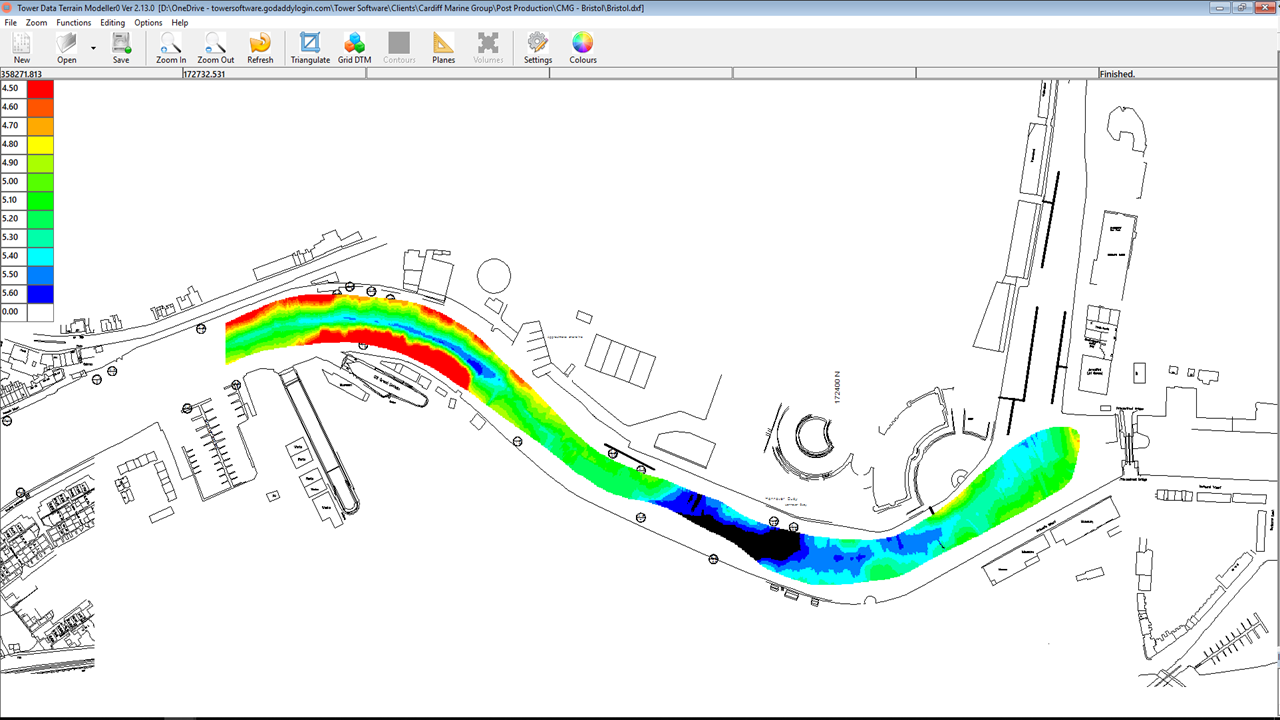Scope of work
To remove silt build-up within and adjacent to the floating harbour in Bristol City Docks. The floating harbour was last dredged in 2015 and Bathymetric and Side Scan Sonar reports revealed 13 separate areas within the floating harbour that required dredging. An additional area was also requested to be dredged. The target depths to reduce the silt level by ranged across these areas from 2 to 6m.
Plan of areas 1-4
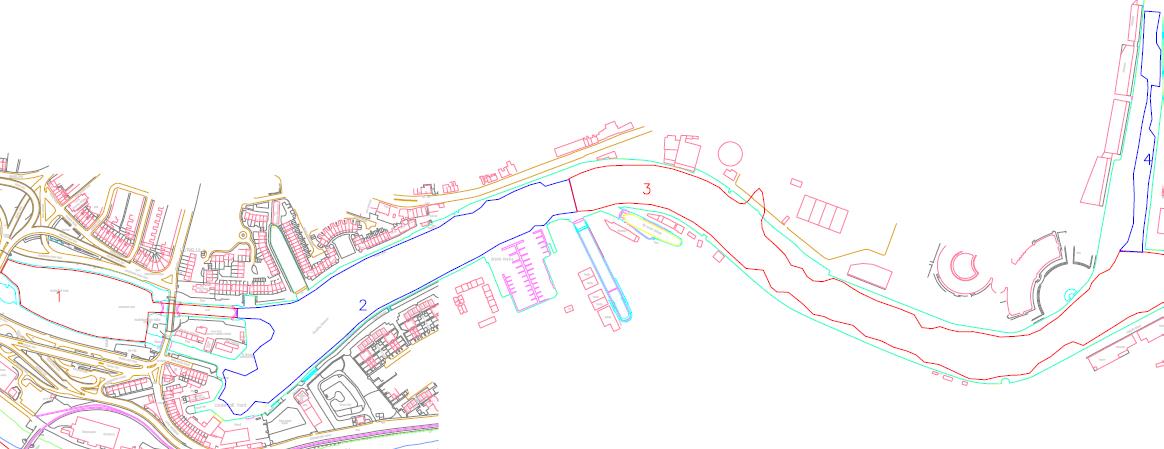
Plan of areas 5-10
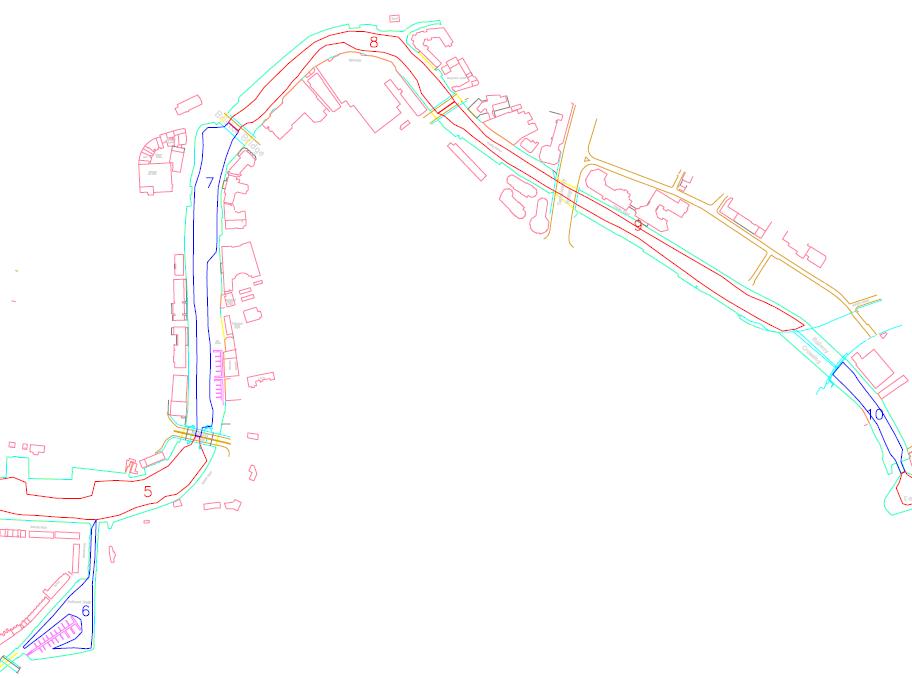
Plan of areas 11-13

Mobilisation
Due to extremely high siltation rates over the last 3 years, the work was very urgent and had to be completed before the start of the new mooring season. Therefore, the time from the successful tender notification to the mobilisation of the vessel was only a week. We were able to react so quickly as our dredger ‘CMS Innovation’ can be easily put on road transport at short notice and can be working within 20minutes of being launched.
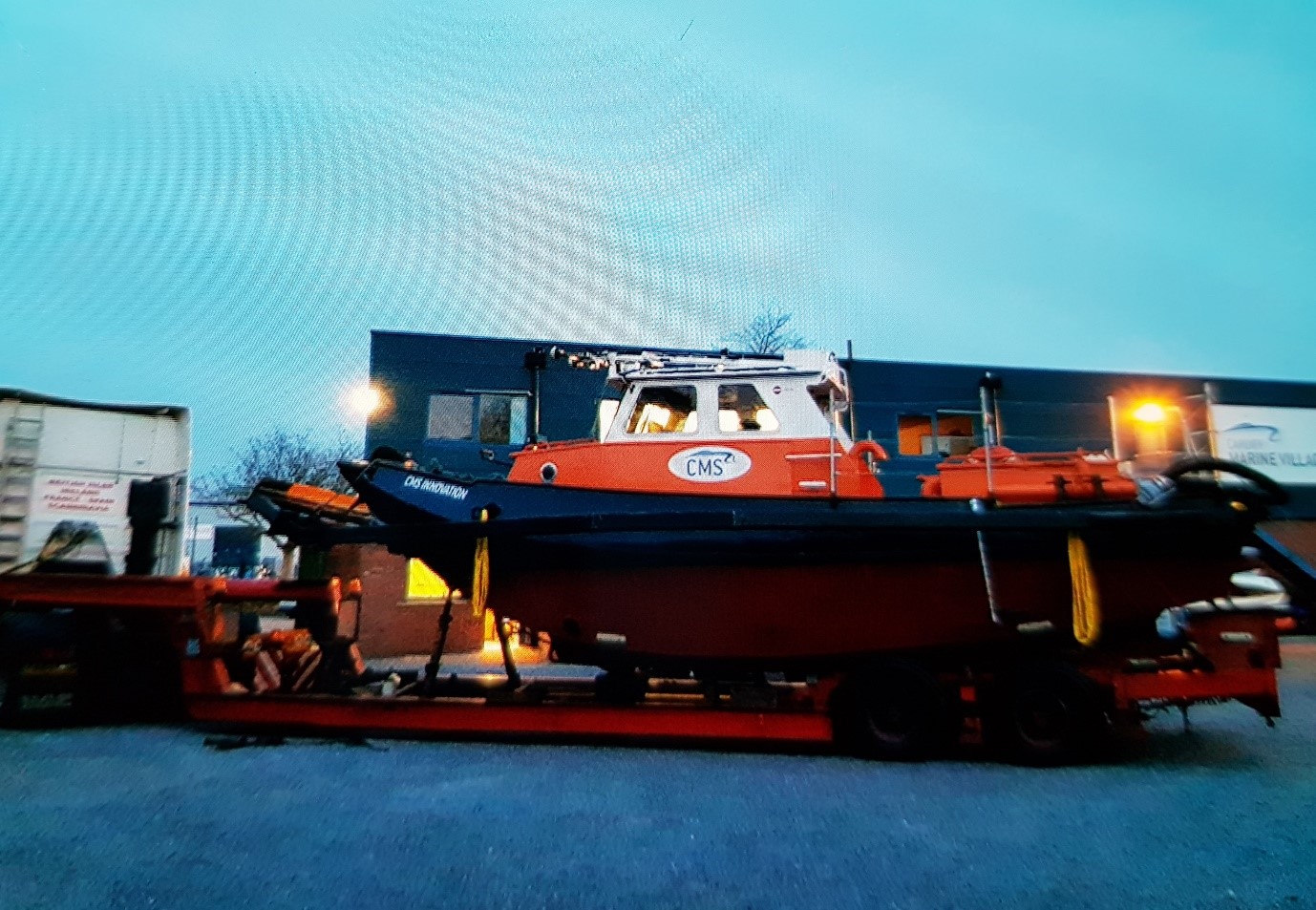
Process
Using our water injection dredger our crew worked along the dock to carry out the maintenance dredging. The area to operate in was a tide locked dock with very little flow and tight spaces. Our dredger is easy to manoeuvre and therefore perfectly suited to this environment also working well in colvits and inlets. In two of the locations where there was no flow for the silt to be put into suspension and carried out with the flow, pumps were set up to remove the silt.
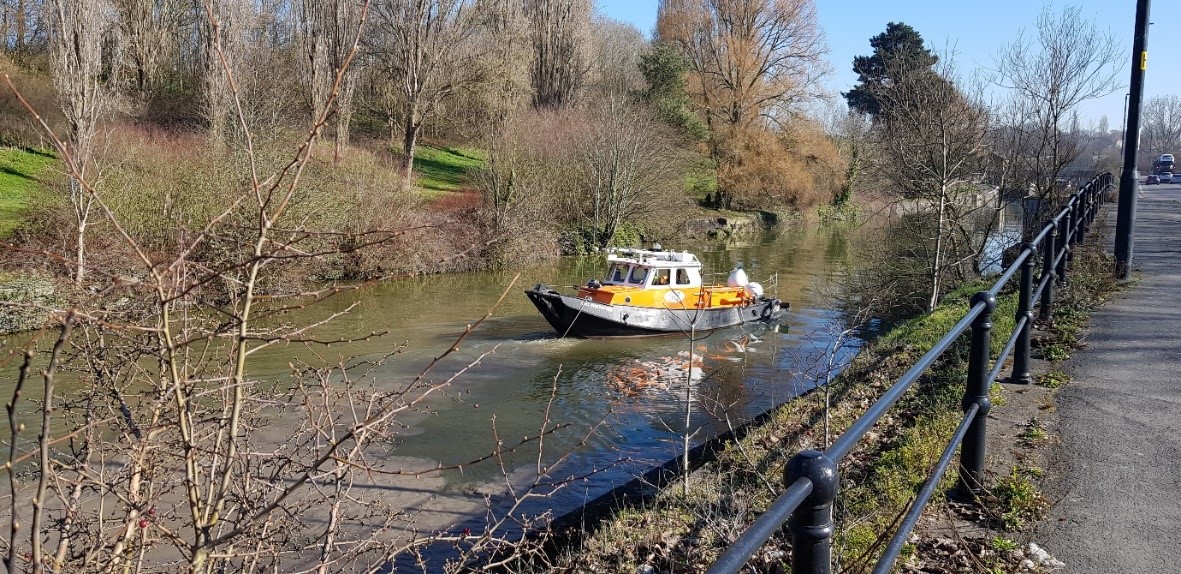
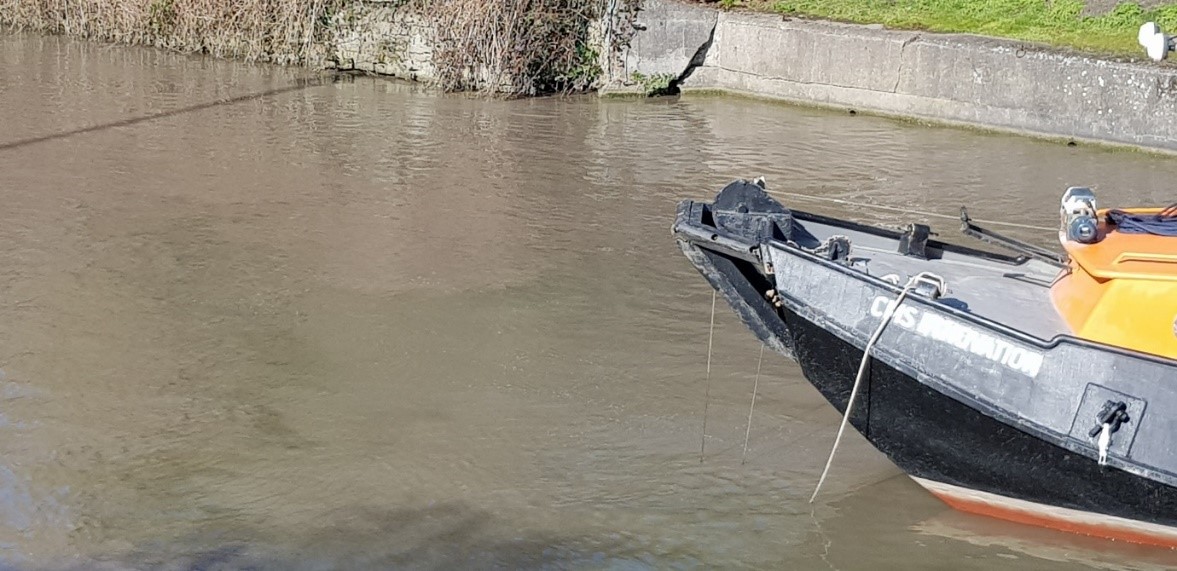
Results
A total volume of 106,000 cubic metres of silt was removed.
Area 1:
Levels were reduced, but long-term maintenance dredging to maintain levels is strongly recommended.
Area 1A:
Basin levels were achieved, plus better depths. An additional 4 tides were carried out to help divers carry out their surveys.
Areas 2/3/4:
Area depths were achieved, apart from obstruction underwater and surrounding moored vessels.
Areas 5/6/7:
Depth achieved apart from close into Harbour Walls due to vessel restrictions.
Areas 11/12/13:
A large sump was made to remove silt, this worked well and apart from close to the banks, depths were achieved.
